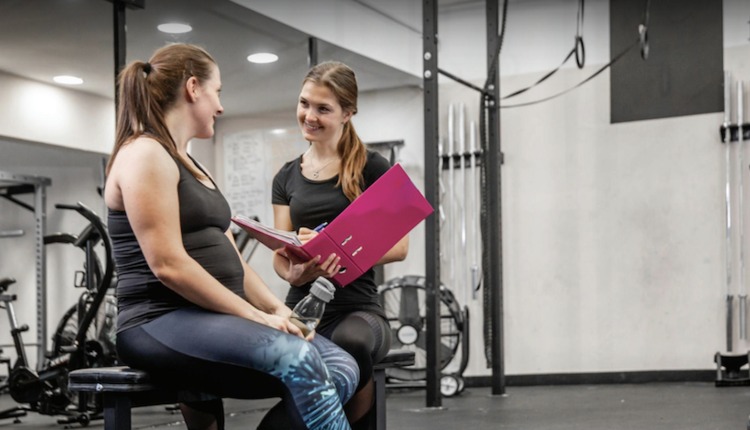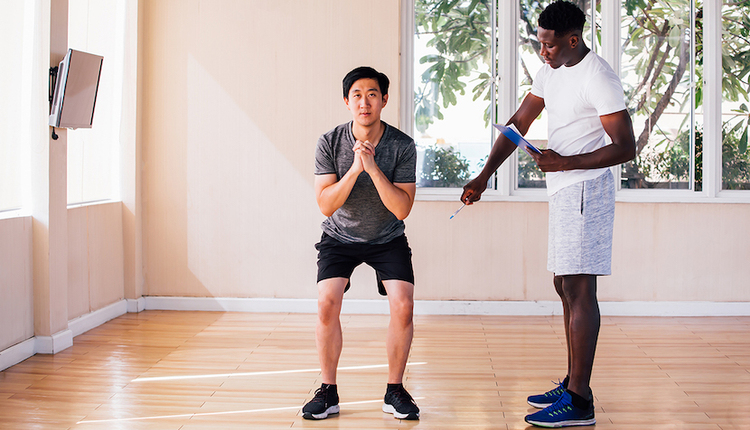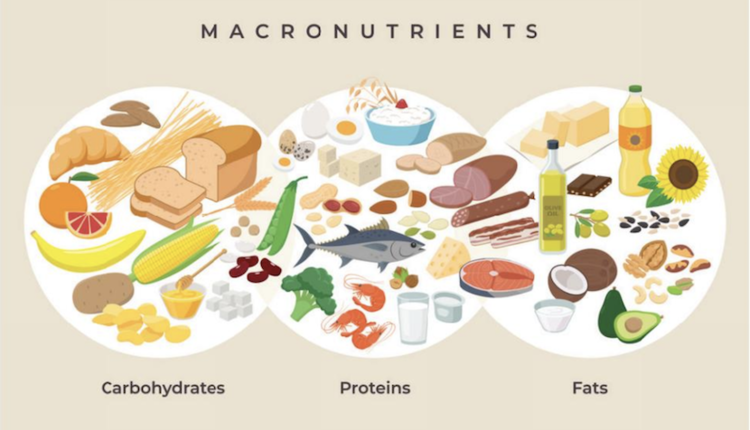
As a fitness professional, you have the ability to play a critical role in extending healthcare and closing the gap for clients. Chronic diseases and health concerns can be debilitating. Genetics have a strong influence, but it’s not a surprise that much of the risk for developing some chronic diseases include sedentary lifestyle, cigarette smoking, unhealthy eating habits and alcohol.
The most common chronic diseases according to the Centers for Disease Control and Prevention (CDC) are heart disease and stroke, cancer and diabetes. Let’s not forget about arthritis, mental health conditions like anxiety and depression, osteoporosis, cerebral palsy and multiple sclerosis to name a few others that prevent people from daily movement. For example, past surgeries and chronic pain can impact mechanical mobility and balance. In addition to the more obvious risks of hypoglycemia, advanced stages of diabetes can be accompanied by muscle wasting, sensory loss causing weakness, poor balance and challenges with proprioception.
Not only will exercise have a positive impact on weight management, but the correct programming can improve mobility, strength, balance, flexibility and overall quality of life with or without chronic disease. Despite knowing all of the benefits of exercise, less than 10% of adults are meeting the objective physical activity guideline recommendations.
What Is the Gap?
Research supporting the benefits of exercise is boundless and likely why we are seeing surges in fitness apps, wearables, and why employee benefits often include gym memberships. We have apps and wearables that help track our activity levels, fitness goals and metrics. Health records are available at our fingertips. Despite the accessibility this creates, memberships remain unused and less than 5% of patients are working with fitness professionals. Technologies alone have not demonstrated noticeable positive changes on health outcomes, particularly with chronic diseases.
Accessibility and affordability of credible fitness professionals can be limiting. Credibility of our profession may also be to blame for why there is low engagement between healthcare professionals and fitness professionals. Some trainers have completed Master’s degrees in the field whereas others may have completed weekend certifications or have no certification at all and still market themselves on social media as trainers or fitness coaches. Establishing colleges for professional regulation takes time. Our aging population doesn’t have the time to wait. Fitness remains outside the circle of care, and it is time for all of this to change.
Where Is the Bridge?
Organizations like Exercise is Medicine and Trainer+ are exemplary in making ground on bridging these health gaps. Exercise is Medicine is an international health initiative supported by the American College of Sports Medicine (ACSM) that encourages and supports healthcare professionals to integrate evidence-based exercise into not only prevention but also treatment plans for patients. Trainer+ is an online platform helping fitness professionals like yourself create, share and analyze fitness programs for clients. The CEO, Nick Corneil, has goals for Trainer+ to become the first electronic fitness record that is integrated into the circle of care as a key component of the healthcare model. In this shift, the multidisciplinary care and accessibility to credible fitness professionals can empower patients to achieve their fitness and health goals.
Exercise Readiness
Some people know exactly what they need to do, where others may feel like they are walking into an unfamiliar world. Showing up or reaching out to you for help may have been the first massive hurdle for your client. Medical histories and information in your Physical Activity Readiness Questionnaire (PAR-Q) can give many clues for your exercise programming. But we cannot stop after the initial medical clearance and intake PAR-Qs. Do you know if your client is ready to exercise today? Sure they have shown up and are looking the part in their new workout gear with water bottle in tow. But every day brings new hurdles.
When you think about readiness to exercise, what may come to mind is rest, nourishment, hydration status, and if you are geared up, wearing appropriate apparel or footwear. While research has shown readiness factors are much more than just that. A study dug deeper into exercise readiness and found there are 4 components of readiness — vitality, physical fatigue, discomfort and health. Although more research is needed to translate these into effective practice changes. Consider looking at these readiness indicators a little closer before you work with your clients and allow yourself to make final adjustments to their workout accordingly.
- Vitality: energy level, mood.
- Physical fatigue: mental or physical fatigue, hydration status.
- Discomfort: pain, illness, injury status, medical condition symptoms.
- Health: perceptions of health and fitness.
A better understanding of your clients’ daily readiness can allow for a better prescription of appropriate exercise for your client that day, and reduce negative experiences with exercise. Moving away from extrinsic motivation towards intrinsic motivations can lead to more sustainable behavior changes. Tracking body composition changes, readiness indicators and effectively reaching health goals may not only engage and sustain client success, but may be the ticket to close the gap. By recording objective measures of efficacy and improved health outcomes, you can contribute to the movement and support the need to bring fitness professionals into the circle of care and bridge the gap in healthcare.
As a medical professional (Physician Assistant) and certified fitness professional (OFC-CPT), Jordon has a unique lens that sees the whole patient with first-hand experience of the impacts of exercise for chronic disease management. She dreams of a more collaborative healthcare model that fully integrates fitness as a key stakeholder in disease treatment and prevention. She blends creativity and the ability to think outside the box with her passions for health and wellness designing individualized training programs and writing opportunities. Connect with her on LinkedIn or on social @JordonHvizd.

















